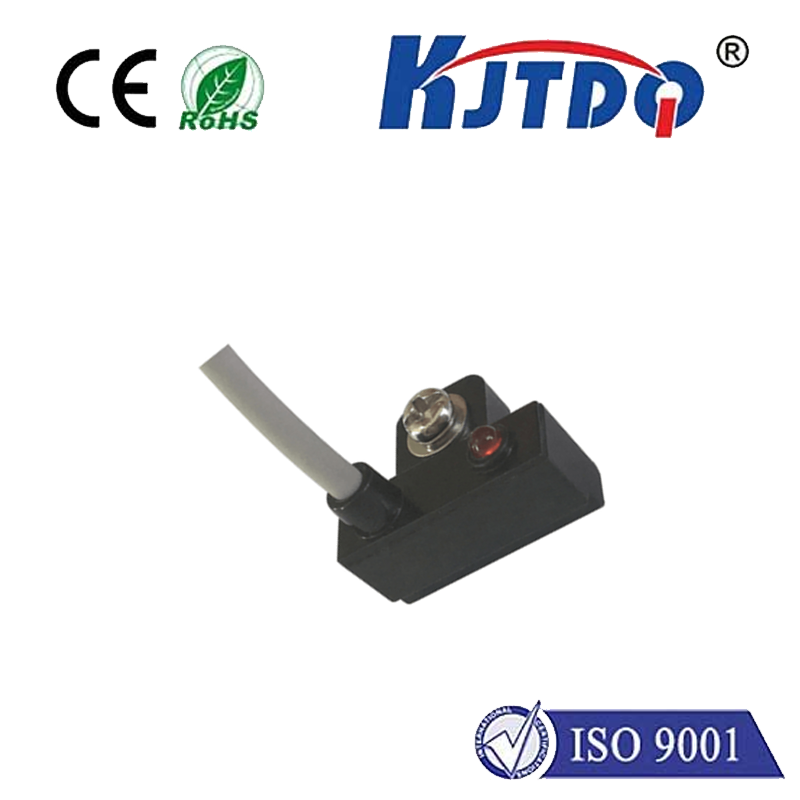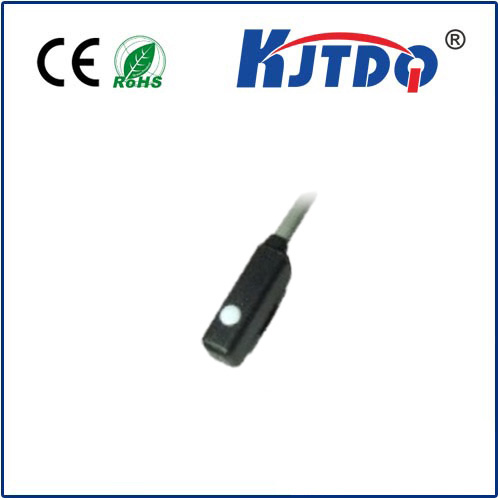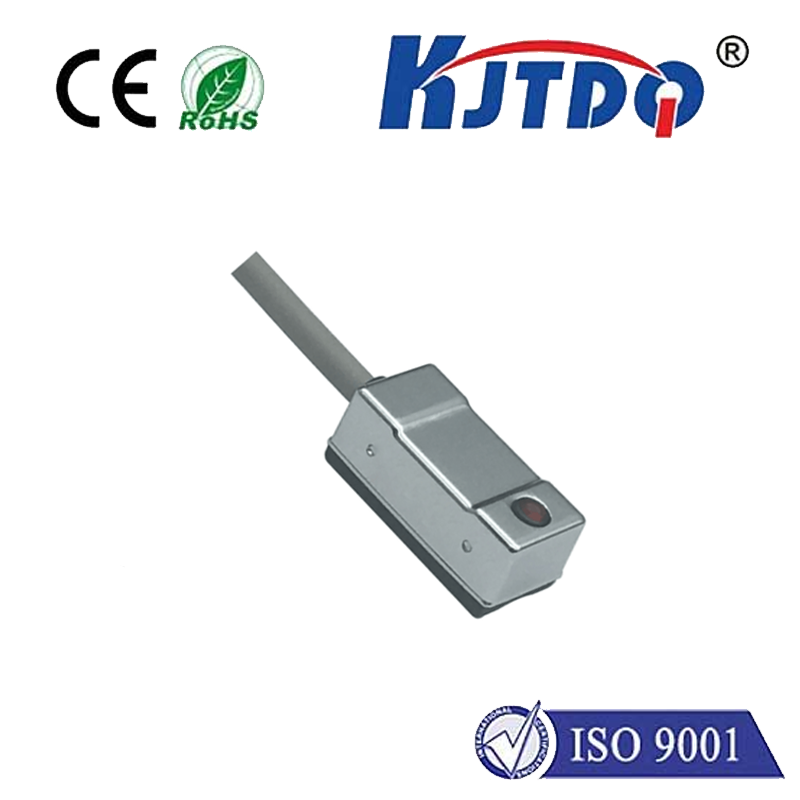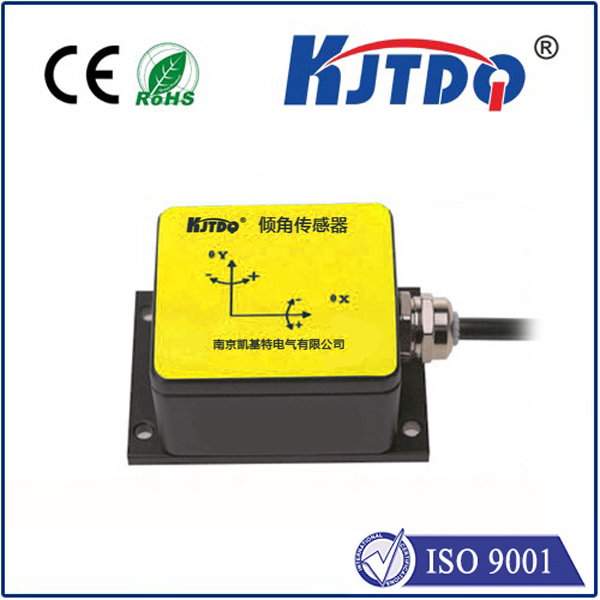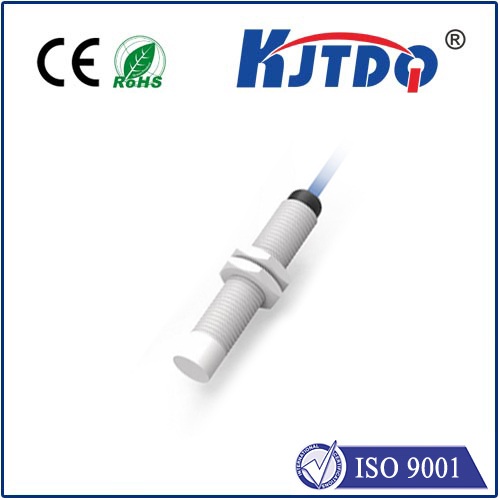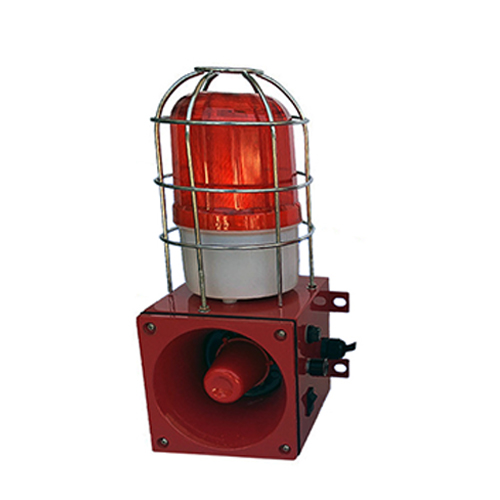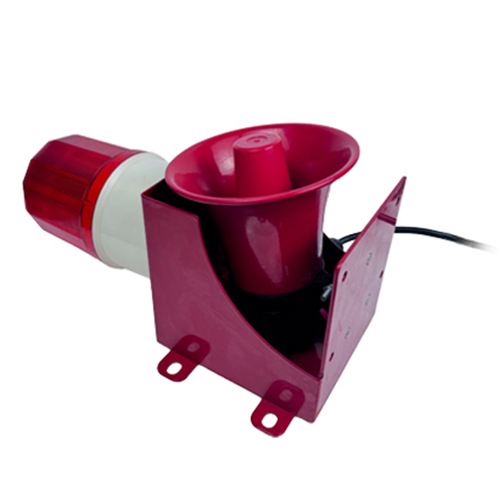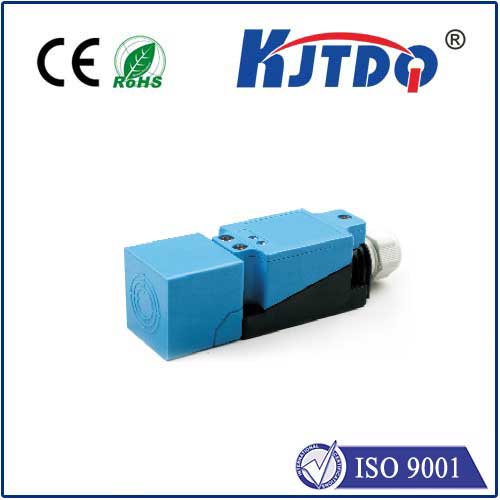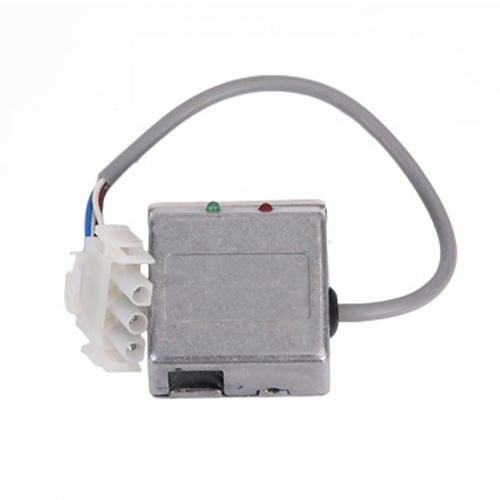metal proximity sensor
- time:2025-06-14 01:30:31
- Click:0
Metal Proximity Sensors: The Silent Sentinels of Automated Control
In the intricate ballet of modern industry, where machines move with precision and processes unfold at lightning speed, countless unseen guardians ensure everything runs smoothly. Among the most reliable and unsung heroes in this automated world are metal proximity sensors. These compact electronic devices play a pivotal role in detecting the presence or absence of metallic objects without physical contact, silently triggering actions, preventing collisions, and maintaining flawless operation. Understanding how they work and where they shine is key to unlocking their immense potential.
The Core Principle: Sensing Without Touch
Unlike mechanical switches that require physical bumping or pressure, a metal proximity sensor operates on a fundamental principle: electromagnetism. At its heart lies an oscillator circuit generating a high-frequency electromagnetic field that emanates from the sensor’s active face. When a metal target (ferrous metals like iron and steel, or non-ferrous like aluminum, brass, or copper) enters this field, it disrupts the electromagnetic flow.
This disruption creates eddy currents within the target metal. These swirling currents absorb energy from the oscillator’s field. The sensor detects this energy loss, typically through a threshold circuit monitoring the oscillator’s amplitude. When the energy drop surpasses a predefined level, the sensor’s output state instantly changes – switching from “off” to “on” or vice-versa. Crucially, this detection happens without any physical contact, making these sensors incredibly robust, wear-free, and suitable for demanding environments with dust, dirt, oil, or moisture.

Types Tailored for the Task
While the inductive principle reigns supreme for detecting metal, variations exist to optimize performance for specific needs:
- Shielded (Flush Mountable): The electromagnetic field is focused primarily forward from the face. This design allows the sensor to be mounted flush with surrounding metal surfaces without causing false triggers. Ideal for tight spaces or where surrounding metal structures exist. Shielded sensors generally have a slightly shorter sensing range than unshielded types.
- Unshielded (Non-Flush Mountable): The electromagnetic field extends both forward and radially around the sensor body. These offer a longer sensing range but require a “clear zone” – they cannot be mounted flush with metal. Mounting them too close to surrounding metal can interfere with operation or cause false detection.
- Factors Influencing Performance: Key considerations include the target material (ferrous metals are typically detected at greater distances than non-ferrous), target size (larger targets are easier to detect), target shape (flat surfaces are optimal), and the required sensing distance. Environmental factors like extreme temperatures and strong electromagnetic interference (EMI) must also be considered.
Where Metal Proximity Sensors Rule: Essential Applications
Their contactless nature, reliability, and speed make metal proximity sensors indispensable across countless sectors:
- Manufacturing & Assembly Lines: Detecting the presence, position, or passage of metal parts on conveyors (e.g., confirming a part is in place before welding, counting bottles via the metal cap). Ensuring robotic arms pick up components correctly or verifying end-of-stroke positions for cylinders. Monitoring tool presence in CNC machines.
- Machine Safety: Serving as non-contact limit switches to prevent overtravel on slides, lifts, or doors. Forming part of safety interlocks on guards and access panels.
- Material Handling & Packaging: Verifying metal containers or pallets are present at loading/unloading stations. Controlling filling operations based on container positioning.
- Automotive Industry: Ubiquitous on production lines for part verification, robot guidance, and assembly checks. Also used within vehicles for functions like gear position detection or brake pedal position sensing.
- Security Systems: Detecting unauthorized entry through metal doors, gates, or windows (via sensors monitoring door/window position). Metal detection in specific security screening scenarios.
- Agriculture & Heavy Machinery: Monitoring equipment components (e.g., detecting if a plow is lowered), checking grain bin levels via metal indicators, and ensuring operational safety.
Selecting the Right Sensor: Key Considerations
Choosing the optimal metal proximity sensor involves more than just picking one off the shelf. Critical factors include:
- Sensing Distance: The nominal range specified for a standard target (usually mild steel). Choose one with sufficient headroom for your application, considering target size and material.
- Target Material: Ferrous metals are detected at the nominal range. For non-ferrous targets (aluminum, copper, brass), expect a reduction factor – potentially requiring a sensor with a longer nominal range or careful positioning. Sensor datasheets provide specific reduction factors.
- Shielded vs. Unshielded: Dictated by mounting constraints. Can the sensor be flush with metal (shielded) or does it need maximum range with surrounding clearance (unshielded)?
- Output Type: Common outputs are:
- NPN (Sinking): Switches the negative (ground) side of the load when active.
- PNP (Sourcing): Switches the positive voltage side of the load when active.
- NO (Normally Open) / NC (Normally Closed): Defines the default state when no target is present. NO is open circuit; NC is closed circuit.
- Electrical Connection: Cable outlet (axial or radial) or pre-wired connector (e.g., M8, M12).
- Environmental Rating: Crucial for longevity. Look for high IP ratings (e.g., IP67, IP69K) indicating resistance to dust and water ingress. Also consider temperature range and resistance to chemicals or oils. Robust housing materials like nickel-plated brass or stainless steel are common for industrial durability.
- Response Frequency: How quickly the sensor can detect targets passing by at high speeds, vital for fast-moving production lines.
The Unseen Efficiency Driver
Metal proximity sensors are foundational components in modern automation. Their ability to reliably detect metal targets without contact translates directly into increased machine uptime (no mechanical wear), enhanced process reliability (consistent part positioning), improved safety (non-contact limit sensing), and reduced maintenance costs. They operate silently, efficiently, and with remarkable longevity in harsh industrial settings where other sensors might falter. From ensuring a car door is latched securely to guaranteeing a robotic welder has the correct part in its grasp, these inductive proximity sensors are the silent sentinels making automated precision possible.












